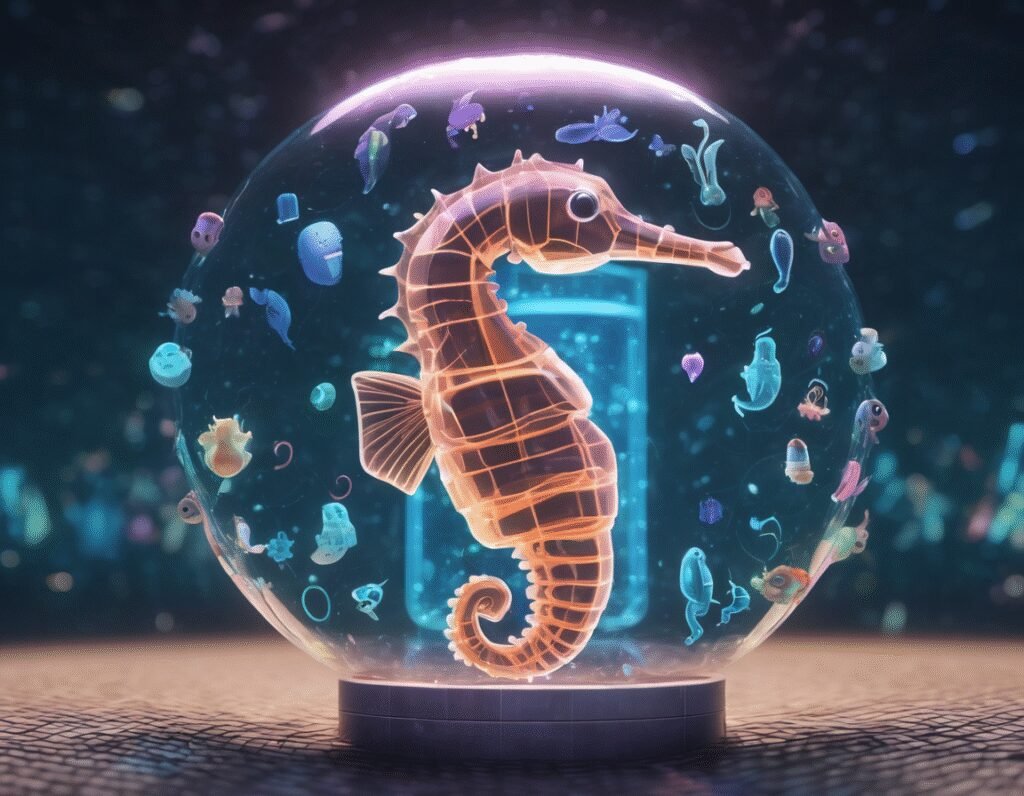The Great Seahorse Emoji Mystery That Broke ChatGPT
In the vast digital ocean of emojis, where there is a symbol for nearly every conceivable object, creature, and concept, one notable absence has sparked a modern internet legend: the seahorse. This gap in the emoji lexicon has become a perfect example of the Mandela Effect, a phenomenon where a large group of people remembers something differently than how it occurred. Many users on platforms like Reddit will passionately swear they have seen or even used a seahorse emoji, their collective memory insisting on its existence against all factual evidence.
This shared false memory creates a fascinating scenario when posed to artificial intelligence. The incident in question involved asking OpenAI’s ChatGPT whether a seahorse emoji exists. The query did not simply yield a straightforward no. Instead, the AI chatbot appeared to have a minor existential crisis, grappling with the conflict between its training data and the hard truth of the Unicode Consortium’s official listings.
Its initial response was a confident, yet utterly confused, affirmation. Yes, it declared, the seahorse emoji exists, and proceeded to list a string of marine-related icons as proof. It offered the tropical fish, the blowfish, the dolphin, the whale, the squid, the lobster, the octopus, the crab, and the turtle. In a final, bewildering leap, it suggested the horse emoji might be the specific symbol in question, utterly missing the marine half of the seahorse’s identity. This moment revealed the AI not as an infallible oracle, but as a system that can pattern-match to a fault, assembling aquatic creatures and hoping one fits the bill.
Following this incorrect assertion, the chatbot then performed a self-correction. It acknowledged its error, confirming that there is, in fact, no dedicated seahorse emoji within the official Unicode standard. This quick reversal highlighted the complex nature of large language models. They are designed to generate plausible and coherent text based on probabilities, which can sometimes lead them to present a confident yet entirely fabricated reality, especially when responding to a query that taps into a common but incorrect belief.
The entire exchange is more than a simple glitch. It serves as a humorous and insightful metaphor for the interaction between human memory and artificial intelligence. It shows how AI can inadvertently amplify collective false memories by trying to validate them with fabricated evidence. The case of the phantom seahorse emoji reminds us that while AI is a powerful tool, its outputs must still be verified against established facts. The Unicode Consortium remains the final arbiter of our digital pictograms, and for now, the seahorse will have to be represented by other means, leaving its emoji status a figment of our collective imagination.


